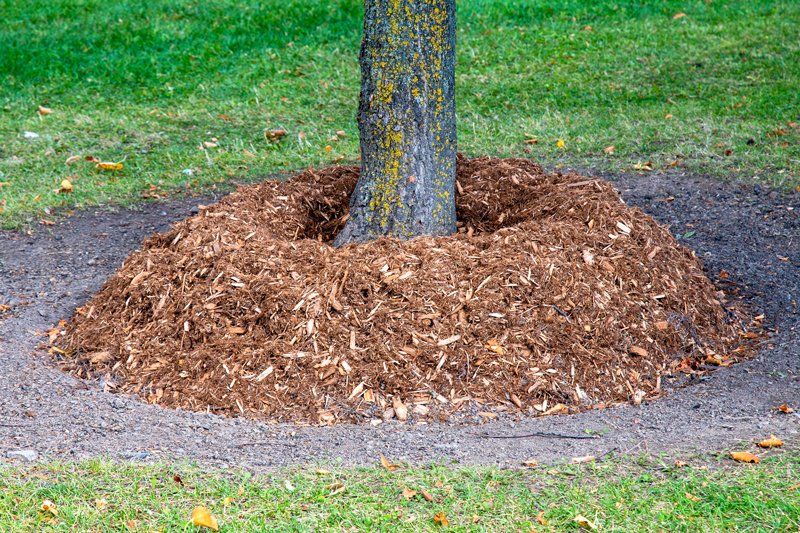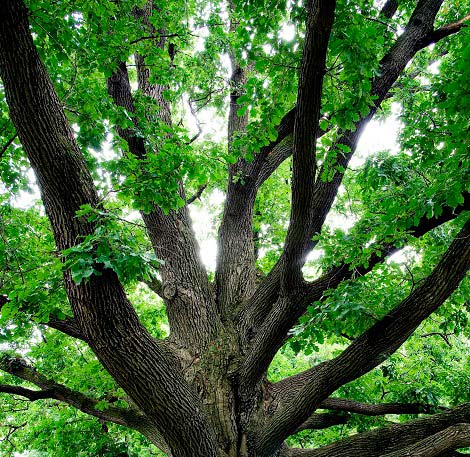5 Signs Your Tree Could Benefit From Cabling and Bracing
Trees can withstand just about everything that Mother Nature throws at them. But eventually, even the proudest of trees need a little assistance. Structurally weak trees put nearby properties and people at risk of damage and injury, especially when severe weather strikes. Cabling and bracing can provide trees that have structural defects with the support they need to remain upright and sturdy.
If you spot any of the following signs, then you might want to consider the benefits of cabling and bracing for your tree.
1. Storm Damage
Trees that suffer storm damage can benefit from a combination of cabling and bracing. For instance, if a branch or crotch has split due to severe weather, brace rods and cables can hold the damaged sections of the tree together. This will prevent branch or trunk failure and allow the tree to heal. The cabling will also help to restrict the movement of the damaged sections in windy weather.
2. A V-Crotch Stem
When two large leaders or stems originate from the same trunk, there could be what tree specialists call a v-crotch stem. Because there is little tissue to support both stems, the tree is at risk of one or both of the stems eventually failing, especially in bad weather.
While you can safely prune one of the stems without harming a young tree, mature trees might suffer if you remove a large stem. And if you value your tree's beauty, you might not want to remove one of its stems since that would greatly affect its appearance.
Fortunately, you can prevent stem failure with cabling and bracing to support the v-crotch stem and prevent it from breaking in the future.
3. Severe Lean
Trees often develop a natural lean over their lifetime as they adapt to the environment to gain the most sunlight. But if your tree has a severe lean that has caused it to grow precariously near your home or another structure, cabling and bracing could put your mind at ease.
Similarly, if your tree has developed a lean due to soil erosion or a recent storm, this is a serious concern. A tree's roots anchor it into the soil. If the soil no longer provides a sturdy anchorage, then cabling can provide the additional support the tree needs to remain upright.
4. Overextended Limbs
Tree limbs sometimes grow much longer and larger than the trunk can bear. These overextended limbs sometimes grow horizontally and have much of their foliage toward the end of the branch. Older trees can struggle with overextended limbs, especially during bad weather or if disease, pests, or drought has weakened them.
In this case, cabling can limit the amount that an overextended branch moves. This will help to prevent the possibility of the overextended branch breaking off. A tree specialist might also use bracing in conjunction with cabling if a large, overextended branch needs additional support.
5. Weak Sections
Older trees might have one or more weakened sections that could fail in the future. For instance, a large hollow in a trunk could seriously weaken a tree's ability to withstand heavy winds. Moreover, if you notice any cracks or splits in your tree's trunk or at the junction of two branches or stems, these areas could fail sometime in the future.
And if your tree is near a structure or public area, a falling branch could injure someone or damage a building. Brace rods are useful for repairing splits or preventing a weakened section from splitting in the future. Cabling can provide additional support if necessary.
Do you believe that your tree could benefit from cabling and bracing? Then contact McClain's Tree Experts today. With our wealth of experience and expertise, gained from over forty years in the industry, you can be sure that your tree is in good hands when you use our service.




